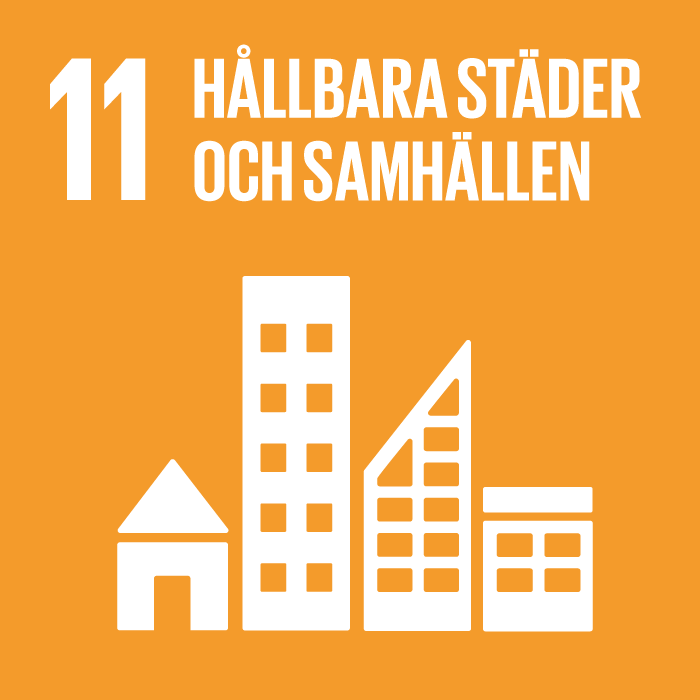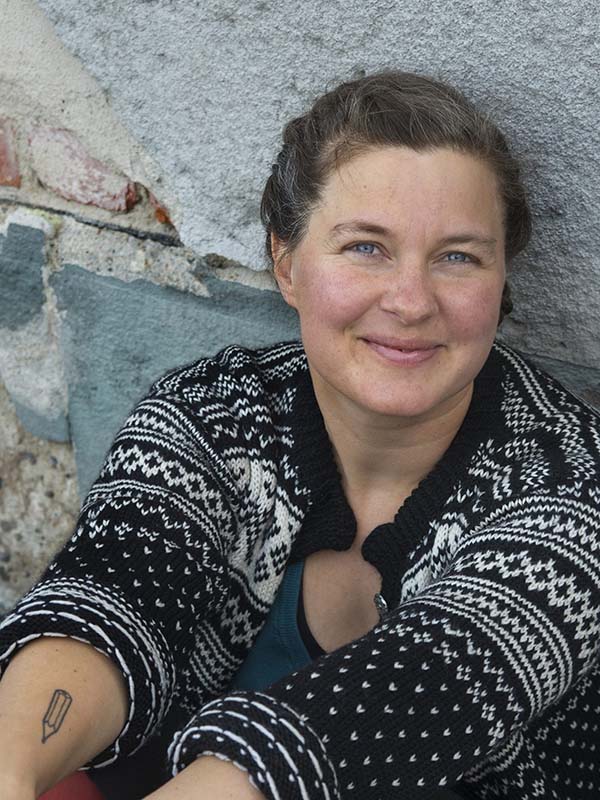

More than half of the world's population lives in cities and the number is only increasing. Growing cities can be good for the economy, but it can also lead to strains on the ecosystem. As cities grow, it is important to consider the environment when building new homes and planning for the city to function. For example, technology, transport and recycling must work when there are more people.
Today, 50% of the world's population lives in cities and that figure is only expected to increase in the coming years. The goal is for it to be safe for all citizens to live in cities and built-up areas. Many, especially young people and women, experience that alcohol and drugs make the city unsafe. Nevertheless, it is mainly young men who experience the most alcohol-related accidents and serious violence. Have you ever felt insecure, for example on a bar street?
Every year, about 90,000 people in the world die from alcohol-related violence. The earlier the bars close, the less violence investigations show. What more things than closing the bars earlier do you think can be done to make the city feel safe for everyone?
Encourage your community to learn more about what to do in the event of a natural disaster.
Are public places and public transport accessible and safe for everyone in your community? If not, write to local politicians and alert them to the problem.
When you recycle paper, plastic, glass, aluminum and other things, your old rubbish can have new uses. Sustainable waste management improves the environment in your immediate area.
Learn more and find out what you can do to # Become Aware of www.globalamålen.se

Ulrika Linder (b. 1984) is an artist and works at recycling centers in Örebro municipality. On Instagram, she is known as the Sink Designer, where she draws snapshots from a chaotic life as a kneeling parent of small children. In line with her job with recycling, she usually draws on old window envelopes, brochures or whatever is at hand. Ulrika Linder has a master's degree in free art from Valand.
It is difficult to approach a motive for the future without starting to think of it as either a utopia or a dystopia. I wanted to produce a positive, but still reasonably realistic (well) vision. One where we have become self-sufficient and circular, but still based on the fact that you may work with and develop what you already have, such as leaving older houses and building greenhouses on the roof and making sure to plant lots of trees, while of course building cool new stuff. I snowballed into hydroponic farming with edible fish, small-scale biogas production, self-driving vehicles and forest high-rises.
I would also like to think of the city of the future as inclusive and collective, that we once and for all reformed the destructive and discriminatory housing market and made it possible for various forms of housing, which are not governed by economic interests and racism. I see a free public transport, large solar energy projects and cultivation in all possible places. In addition, it would be very fun to be able to fly with your car.
